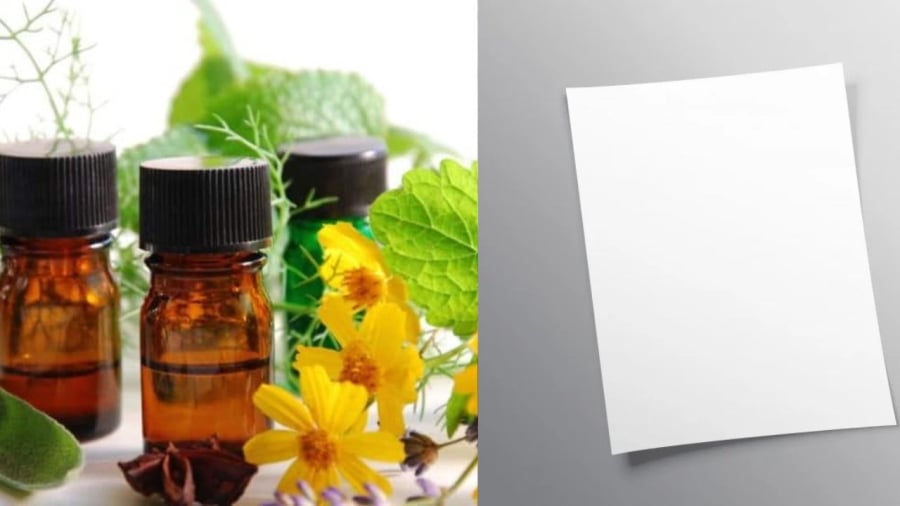Use White Paper
Place a few drops of the oil on a piece of paper. Pure essential oil will evaporate quickly, usually within a few minutes, leaving no trace. Adulterated oils, on the other hand, will take longer to evaporate and may leave an oily residue.

Essential Oil Evaporation on Paper
Shake the Bottle
When you shake a bottle of pure essential oil, you may see some bubbles form, but they should disappear quickly. Adulterated oils will produce a lot of bubbles that take a long time to dissipate.
Apply to Skin
Put a drop on your skin and rub it in. Pure essential oils are quickly absorbed and leave no greasy feeling. Adulterated oils tend to feel sticky and may irritate the skin.
Mix with Water
Add a drop of oil to a glass of water. Pure essential oils will float on top and not dissolve, while inferior oils will sink to the bottom and eventually mix with the water.

Pure Essential Oils Don’t Mix with Water
Pay Attention to Origin
Europe is known for producing high-quality essential oils. The distillation and production processes are often more advanced and adhere to pharmaceutical standards. Even oils sourced from other regions are often sent to Europe for further processing and purification.
Look for Certifications
Reputable organizations such as Ecocert, Kosher, and Bio offer certifications for essential oils. These certifications ensure that the oils meet certain standards and are free from harmful additives.
Consider the Price
Producing pure essential oils is a costly process, and the retail price reflects that. For a 10ml bottle, you can expect to pay around $9-10 for a common variety. If the price seems too good to be true, it probably is.
Smell the Oil
Pure essential oils have a subtle, natural fragrance. They shouldn’t be overpowering or smell strongly of alcohol, which indicates the presence of synthetic fragrances.
Use with a Diffuser
Pure essential oils will only release their fragrance when heated, either with an electric diffuser, a candle, or by applying them to a fabric. They won’t work with a spray diffuser and may even damage the plastic components.






























